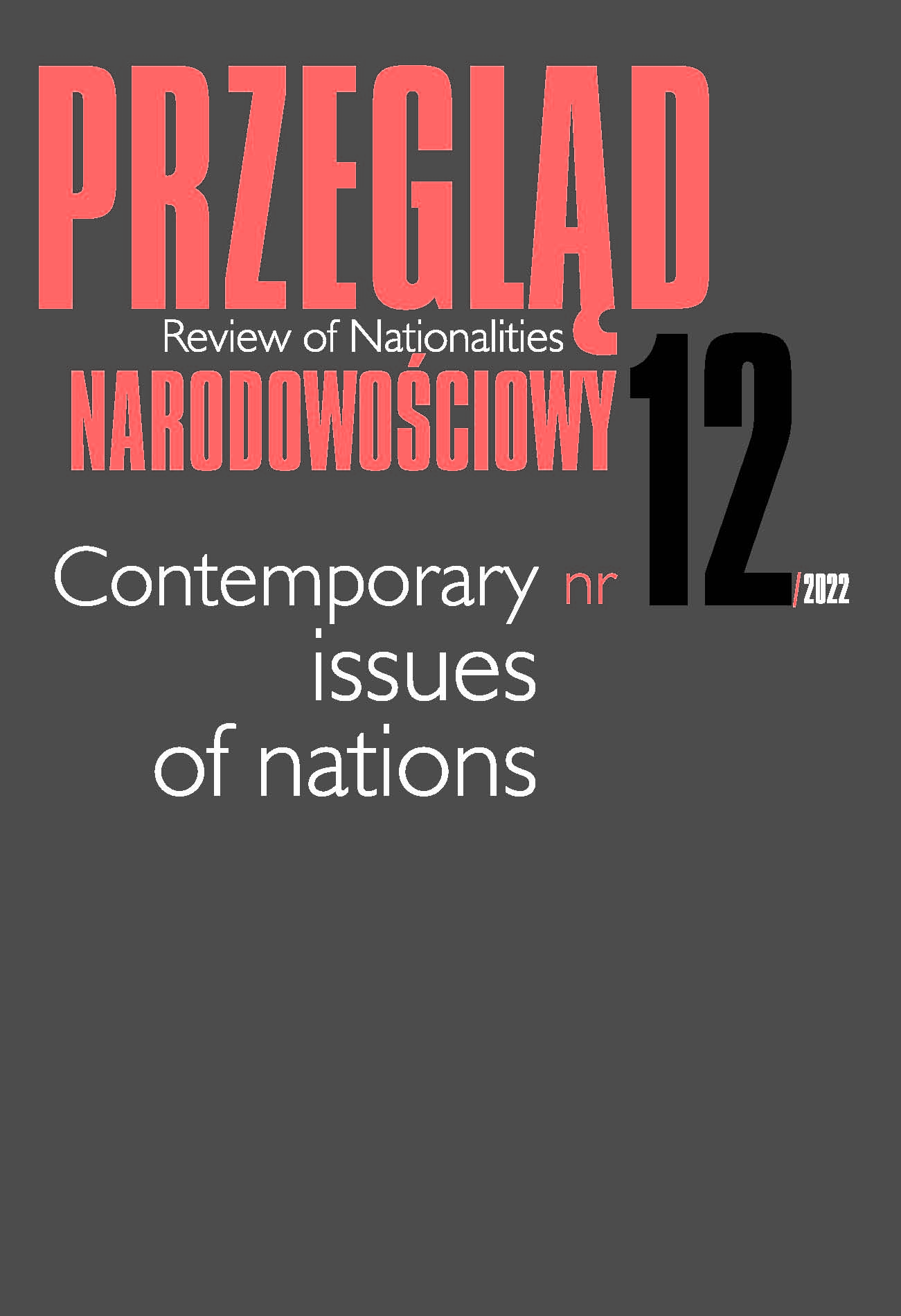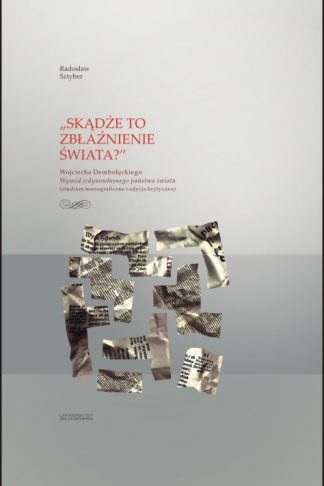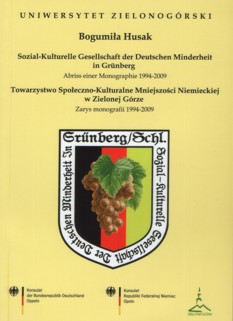Opis
The Zionists who first envisioned Israel as a homeland for the world’s Jews in the 1890s conceived of a state populated through the ingathering of exiles as producing an end to Jews’ long saga of oppression in other people’s lands. In 1948, this undertaking became a reality with the founding of the state in the wake of the Holocaust (Cohen, 1997). During
the last 73 years, Israel has endured political, economic, social, ethnic, and military challenges but ultimately survived, growing from a population of 500,000 in 1948 to nearly 10,000,000 in 2022 (Jewish Virtual Library, 2022).
While Zionist ideology called for the movement of the world’s Jewish population to Israel, a large fraction stayed where they were. Most migrants to Israel have been stateless persons in search of refuge following the Holocaust, deportation from Arab countries, and recent flight from Iran and the former Soviet Union. In contrast, few Jews from the affluent and democratic nations of the West chose to become Israelis. Accordingly, a large fraction of the diaspora chose to contribute political and financial backing from afar.
While diaspora Jews’ unwillingness to move to Israel disappointed Zionists, they understood
the practical benefits provided by having supporters abroad. It is doubtful that the Jewish State would have survived without the assistance of diaspora Jews and their nations of residence (Evron, 1995; Sobel, 1986).
[frg. wstępu]







